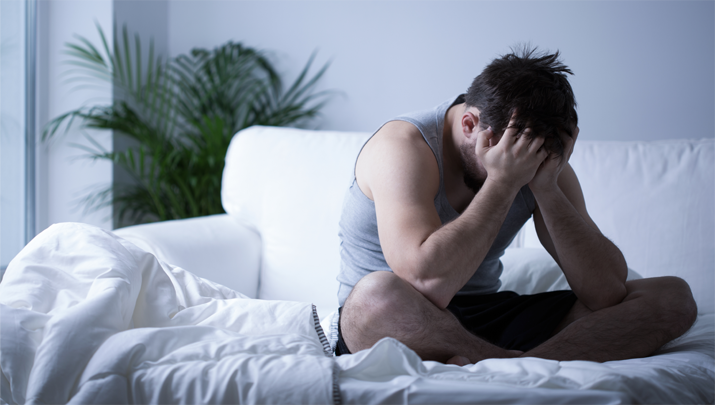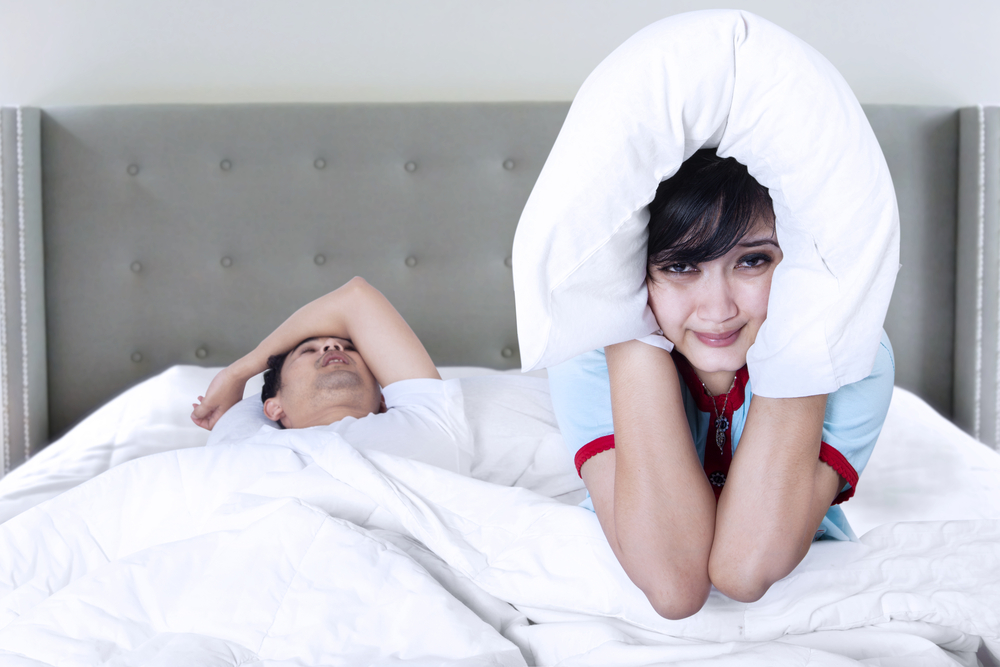
Home Sleep Tests vs Lab

Obstructive sleep apnea, the most common form of sleep apnea, occurs when the breathing airway collapses or becomes blocked. This causes breathing to pause for a short time, often followed by a choking sound or snort. This happens frequently throughout the night, sometimes more than 30 times per hour. When left untreated, obstructive sleep apnea can contribute to a slew of other concerns including:
- High blood pressure
- Stroke
- Heart disease
- Diabetes
- Depression
- Automobile accidents
- And more
Unfortunately, sleep apnea often goes undiagnosed because most people don’t realize they have it or they don’t want to have a sleep study done in a sleep lab. Spending multiple nights in a sleep lab can be expensive, uncomfortable and time-consuming.
In recent years, at-home sleep tests have become much more common for diagnosing sleep apnea. These tests are slightly different from in-lab tests, but they can be a great option for patients by offering a more affordable, comfortable and convenient choice. If you think you might have sleep apnea, consult your physician or a Home Sleep Delivered representative about a possible sleep test.
What’s an in-lab sleep study?
An in-lab test was once the most common way to diagnose sleep apnea and other sleep disorders. The test is done at a sleep center where technicians use a polysomnogram to record sleep activity. After one night at the sleep center, a specialist analyzes the data to identify any sleep disorders. During an in-lab sleep study, patient’s sleep in a private bedroom connected to a monitoring area. The technicians attach approximately 25 leads to you that will record information while you sleep. This equipment can sometimes be uncomfortable, which may make it difficult to initially fall asleep and/or stay asleep. Equipment includes:
- Multiple electrodes on your face and scalp that send electrical signals to the measuring equipment
- Belts around your chest to measure your breathing effort
- An oximeter probe on your finger to measure the oxygen in your blood
- Nasal and oral pressure transducers to measure airflow
- Sound probe to record snoring
What are the benefits of an in-lab sleep study?
An in-lab sleep study uses several pieces of equipment to provide the specialist with thorough, detailed information. With this data, the specialist can diagnose many sleep disorders other than just sleep-disordered breathing, which is the primary focus of home sleep testing. Because technicians are always present during the in-lab sleep study, you can be sure that the data will be accurate. Technicians will properly attach all equipment and will reattach anything that may fall off during the night.
All types of patients can have a sleep study performed in a lab. Sleep specialists typically advise people with certain medical conditions, such as COPD and neuromuscular diseases to do an in-lab test.
What’s an at-home sleep study?
An at-home sleep study can be used to diagnose sleep apnea or similar breathing disorders. At-home studies use much less equipment than in-lab test, but provide much needed comfortability to the process. This equipment is typically a small package delivered by mail and includes:
- Oral-Nasal cannula to measure airflow.
- Belt to attach around your chest to measure breathing effort
- Oximeter probe to measure the oxygen in your blood and heart rate
At-home tests are as effective in recognizing obstructive sleep apnea as in-lab tests for the majority of patients. Sleep specialists recommend following your regular sleep routine before undergoing the test. Avoid napping during the day and avoid caffeine in the afternoon. After the test, sleep specialists will interpret the recorded data. It may take a few days before getting the results, but the specialist should be able to determine whether or not you have sleep apnea.
What are the benefits of an at-home sleep study?
Most people find it much easier to fall and stay asleep in their own home. It can be difficult to relax during a study in a sleep center because your surroundings are unfamiliar and there are technicians present. At-home tests allow patients to follow their nightly routine and fall asleep at their usual time. At-home sleep studies are also more accessible for people who are unable to leave the house. Elderly people with mobility problems can benefit from at-home studies, as long as they don’t have other medical conditions that may interfere with the tests. It’s also possible to send the equipment back in the mail, so the test can be completed and returned without the need to travel.
In most cases, at-home tests are much cheaper than lab tests and are more likely to be covered by health insurance.
Most patients will qualify for an at-home sleep study. An in-lab test is a better option if you have severe medical conditions or if your doctor believes you may have a different sleep disorder besides sleep apnea. However, at-home tests are a convenient option for patients who specifically need to test for sleep apnea and are usually as accurate as in-lab tests. Home Sleep Delivered offers convenient at-home sleep testing solutions to identify the presence of sleep apnea, without the uncomfortable sleep lab. If you think you may be suffering from a sleep apnea, start by taking our Online Epworth Sleepiness Evaluation and take it with you to speak to your physician about an at-home sleep study. This disorder can severely affect your day-to-day life, but seeking a diagnosis is the first step.



